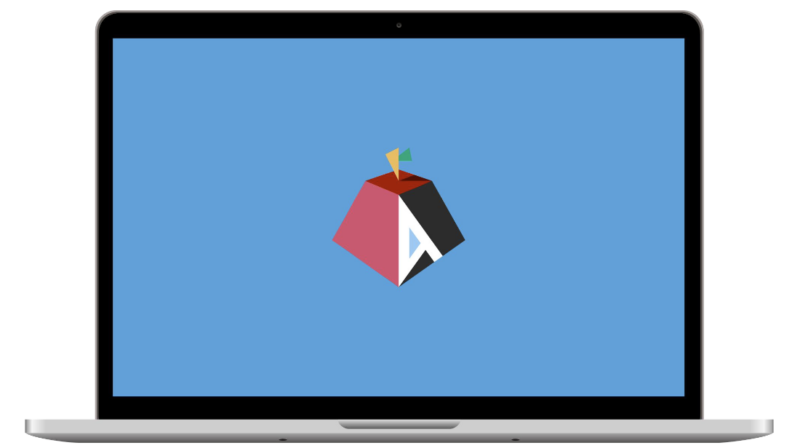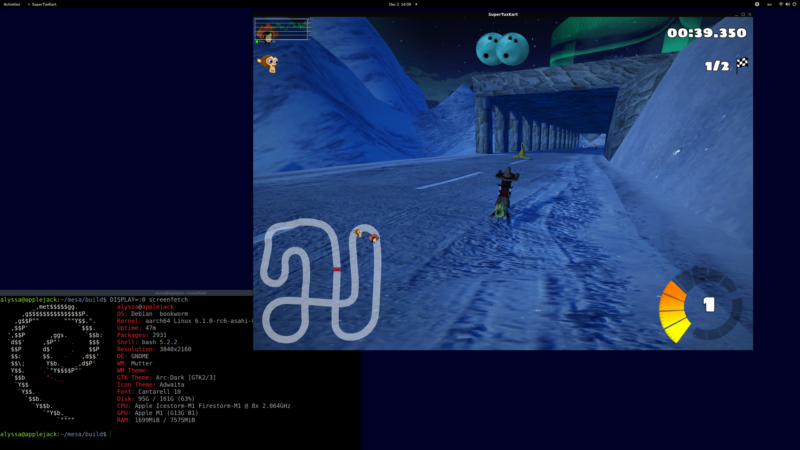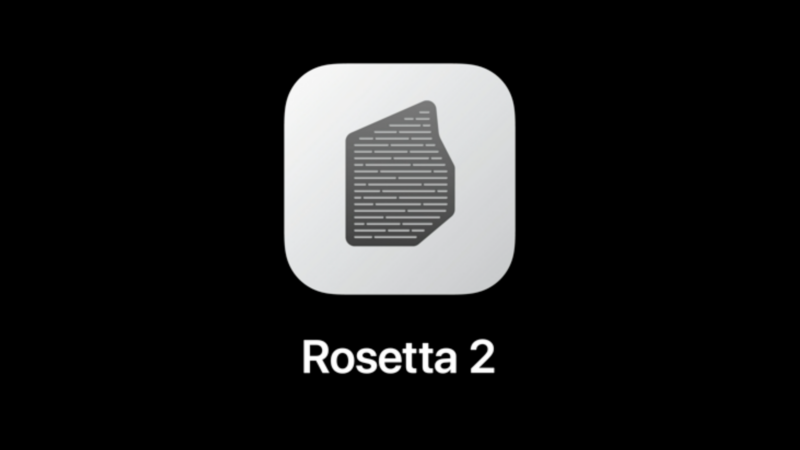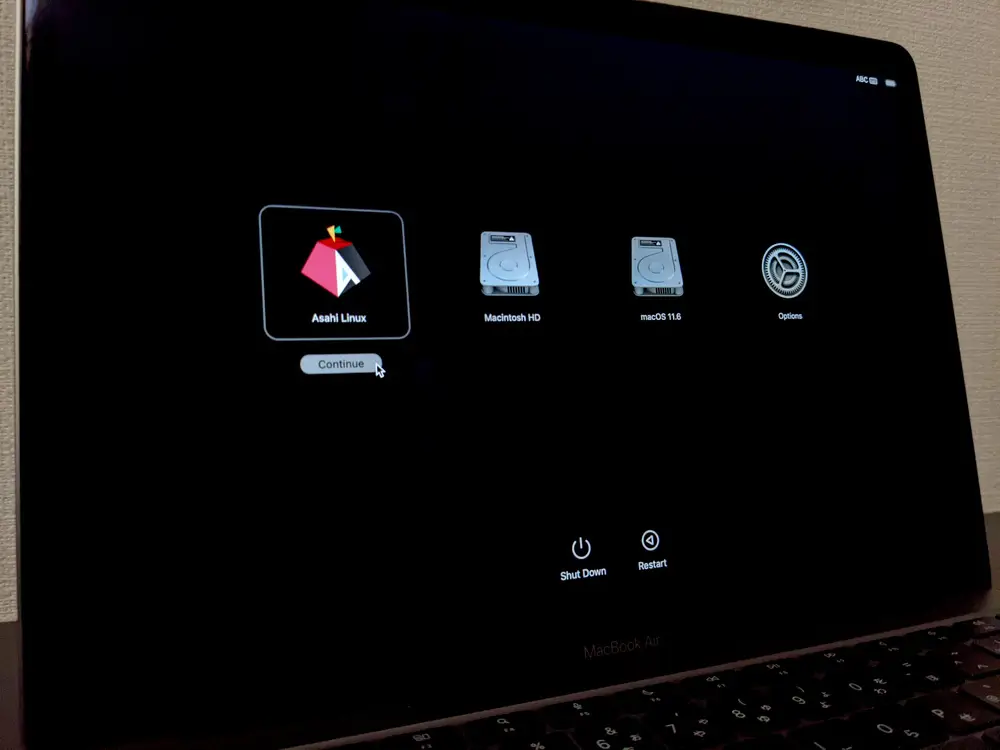-
 chevron_right
chevron_right
Asahi Linux project’s OpenGL support on Apple Silicon officially surpasses Apple’s
news.movim.eu / ArsTechnica · Wednesday, 14 February - 22:00 · 1 minute

Enlarge / Slowly but surely, the Asahi Linux team is getting Linux up and running on Apple Silicon Macs. (credit: Apple/Asahi Linux)
For around three years now, the team of independent developers behind the Asahi Linux project has worked to support Linux on Apple Silicon Macs, despite Apple's total lack of involvement. Over the years, the project has gone from a "highly unstable experiment" to a "surprisingly functional and usable desktop operating system." Even Linus Torvalds has used it to run Linux on Apple's hardware.
The team has been steadily improving its open source, standards-conformant GPU driver for the M1 and M2 since releasing them in December 2022 , and today, the team crossed an important symbolic milestone: The Asahi driver's support for the OpenGL and OpenGL ES graphics have officially passed what Apple offers in macOS. The team's latest graphics driver fully conforms with OpenGL version 4.6 and OpenGL ES version 3.2, the most recent version of either API. Apple's support in macOS tops out at OpenGL 4.1, announced in July 2010.
Developer Alyssa Rosenzweig wrote a detailed blog post that announced the new driver, which had to pass "over 100,000 tests" to be deemed officially conformant. The team achieved this milestone despite the fact that Apple's GPUs don't support some features that would have made implementing these APIs more straightforward.









